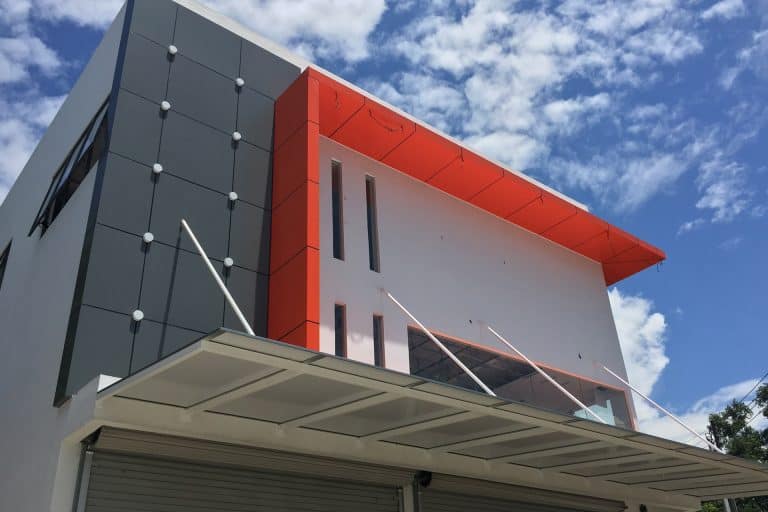What are the common sheeting and cladding systems used in the UK?

A variety of different sheeting and cladding systems are used on modern buildings. The system selected will depend on the design of the building, application, material and other factors such as the environment, forces on the structure (loading) and thermal requirements.
Common sheeting and cladding systems include:
Single skin system
Single skin system features an uninsulated sheet of metal, which is profiled to give it additional strength.
//f/112572/800x600/0165cdc87e/single-skin-panel-purlin-assy_3.jpg)
Twin skin system
A twin skin system (also known as a built-up system) features two sheets of profiled metal held apart using a spacer system, creating a cavity for the insulation. The build-up includes:
- The weather sheet or outer sheet, which creates the weather tight envelope.
- Mineral wool insulation, which is installed on top of the liner sheet
- VCL (Vapour Control Layer), to prevent moisture vapour penetrating the cavity
- The spacer system, which supports the weather sheet and transfers the load to the purlin
The liner sheet, which provides an airtight layer and supports the insulation
//f/112572/800x600/15d64fd53b/built-up-image-no-shadows_3.jpg)
Standing seam system
Standing seam systems are similar to twin skin systems, but the outer weather sheets lock together over a clip or halter to form a standing seam. This hides the fixings, protecting them from the elements and reducing the risk of leaks.
//f/112572/800x600/533b3143cf/standing-seam-no-shadow-_5.jpg)
Composite panel system
Composite panels, also known as insulated or sandwich panels, can be used on walls and roofs. Composite panels feature two metal skins (the liner and the weather sheets), which are bonded to an insulation material during manufacture.
//f/112572/800x600/440117d214/composite-panel_shine-70_3.jpg)
